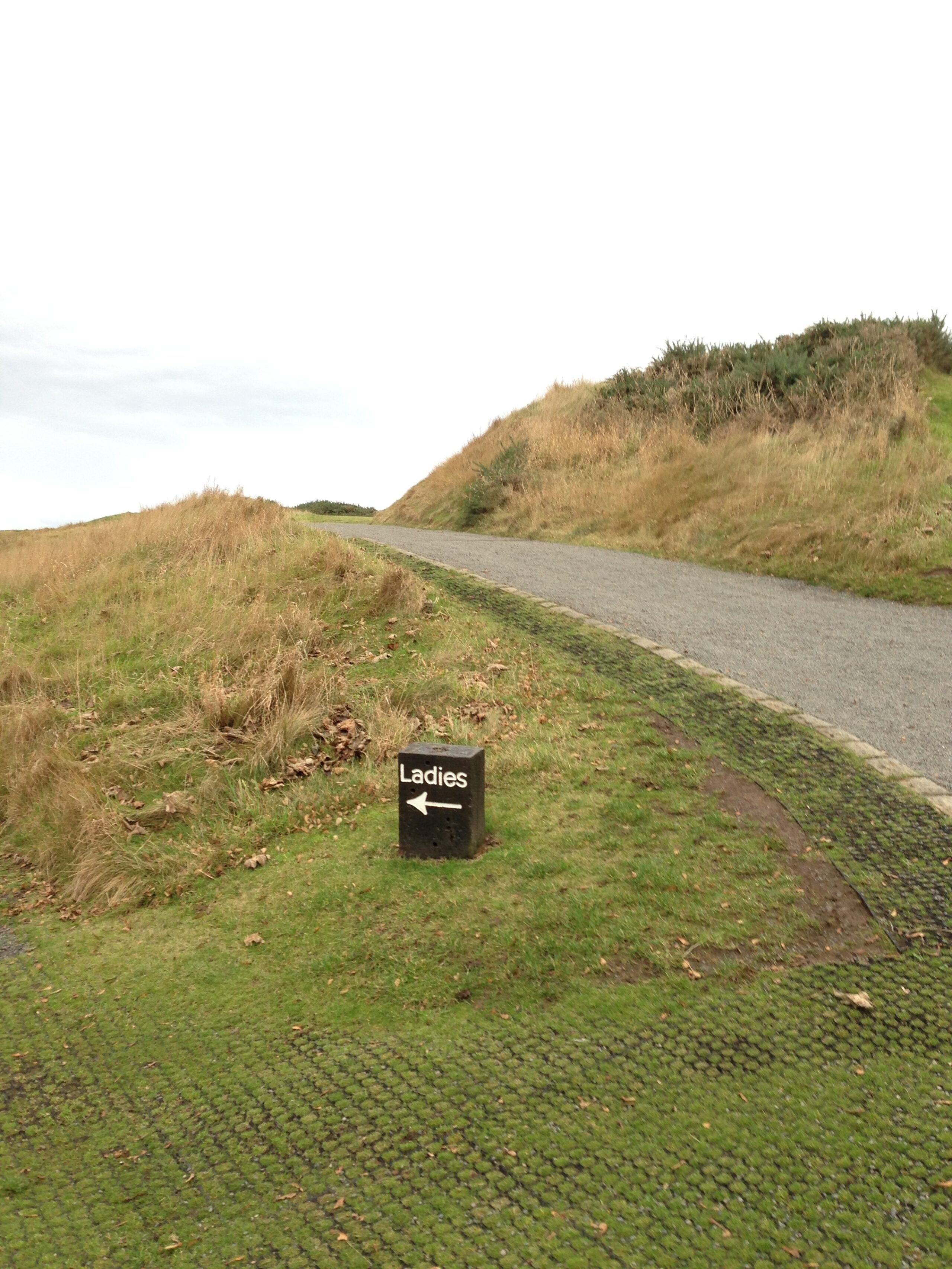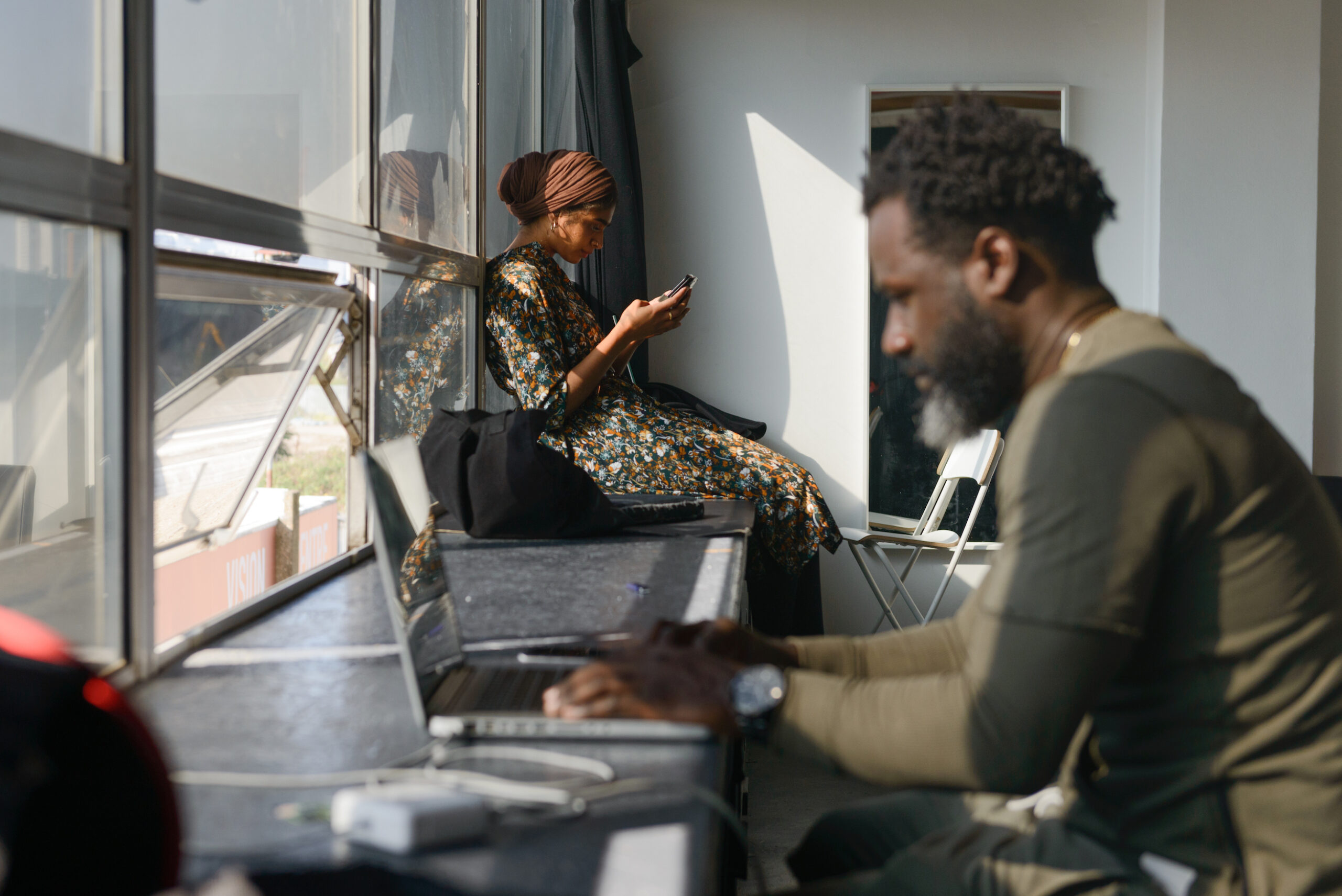
Seen as soulless, manicured or too perfect, here’s how brand new developments can win hearts
People don’t universally love new places. “It’s missing something.” “Too manicured, too perfect.” “It feels… soulless.” Creating truly great new places is an alchemy few in development have cracked — and why trust in developers remains woefully low.
And yet, the list of incredible meanwhile spaces is thrillingly long — from 180 The Strand’s world of immersive cultural programming to House of Catford, a community shop where you can purchase a piece of local pride, or the riotous fun of food and drink at you-name-it Vinegar Yard (below), Mercato Metropolitano or Flat Iron Square: all within stumbling distance of each other.
So, what is the lesson here? What is it about work-in-progress projects that appeal more than the finished article? Despite our best intentions, are we all guilty of designing out the fun? Is there a way of making the wonders of experimentation at meanwhile sites a permanent state, and one with long-term viability?
“Meanwhile has incredible capacity to connect to people to places in deeper ways, precisely because it makes them less perfect.”
Fun while it lasted
The natural swimming pond in King’s Cross was one of those inner city gems that people talked about. Slipping into that fresh water, surrounded by tall rushes and taller construction cranes, was a unique experience — wholesome and wildly thrilling at the same time. During the regeneration of King’s Cross, the pond was a local swimming club as well as an experiential art project, designed to make us think about nature and the urban environment.
The pond remains one of the most magical pieces of placemaking London’s ever seen. So why was it temporary?
‘Meanwhile’ uses can be a skatepark or theatre in a vacant multi-story car park, a community gallery in an empty storefront, or a pop-up restaurant or shop in a shipping container. It’s a way to activate and animate areas whose futures are as yet unwritten, adding something attractive that gets conversations started and establishes fresh relationships between people and places.
The result has been something wonderful — meanwhile has become a way to unleash the kind of cultural innovation and experimentation that’s absolutely vital to cities, and so embraced by places and populations like London.
But, if the innovative, edgy, artsy and downright fun are only given temporary space, it perpetuates the feeling that innovation and culture is only welcome for a short stay. Only valuable while the ‘real design’ is taking place behind the scenes.
This pattern of giving and taking not only destabilises the creative lifeblood that makes urban places such a draw in the first place, it also leaves cities simply confused about what these places really stand for. Bit by bit, it’s leaving our city centres and downtowns with an overly polished and yet far duller experience. And that’s not the kind of development anyone wants.

A long story of success
There’s the opportunity to shift our mindset, forever. To recognise that meanwhile spaces create many levels of value, many of which align to contemporary development goals like ESG. That, at its best, meanwhile adds powerful long-term value that’s investing in communities and inspiring lasting change and opportunities.
For example, there’s the Silver Building (above and at top) and what it’s done for the Royal Docks. Originally a derelict Carlsberg-Tetley structure full of pigeon droppings, it’s now a buzzing creative hub, full of artists and makers from incredibly diverse backgrounds all enjoying affordable workspaces. Building managers Projekt have already opened a second location, this time permanent, in part inspired by the success of the Silver Building, which proved the viability of the area. This is social value, economic value, and hugely advantageous to those with invested interests in making Londoners re-evaluate what this little-understood part of London is all about.
Sometimes, value also comes from making the thrill of the temporary a permanent experience. Take pop-up restaurants and shops — the fact that there's something new there all the time is what people love about it.
Industry City in New York is one of the most impressive meanwhile projects we’ve seen. It’s huge, with over 500 companies and 50 retailers and restaurants, alongside green spaces and lots of public art. In 2020, plans were rejected to rezone Industry City and transform the site into the usual expansion of shopping and offices. Such was the deep sense of local attachment, it was a victory for campaigners who wanted to keep it as a place for small businesses and artisans. Consequently, the core value of Industry City remains: that it’s a little different each time you visit.
But can this mindset shift also be rooted in the economic argument?

Today’s risk is not taking risks
After an illuminating visit to a brilliantly creative architecture practice, I received an email from a partner there with a link to a video and the simple caption: “FML.” The video showed AI reconfiguring a site to maximum apartments units in real time. No matter the change in variables: plot size, building height restriction, bias for studios or three-beds, the software could give the best possible economic result.
This is a magical tool. And reminds me that rightly or wrongly so much of the design of places starts with the spreadsheet. But I’d like to propose we can evolve our inputs.
Meanwhile has incredible capacity to achieve the wholesale perception change of a place — connecting to people to places in deeper ways than shiny marketing can, precisely because it makes them less perfect. In place of polish, meanwhile brings enriching experiences and a palpable sense of community. This fundamentally changes our collective sense of its value.
With the increasing price of materials and greater demand for innovative sustainable construction solutions, I fear we could see a loss of appetite for the expense of meanwhile space. But the opposite should be true. There is no better investment than in permanently changing how people desire the places you’re creating or operating in: it’s how to best beat the market.
In fact, meanwhile may be that magic ingredient critical to the alchemy of creating places that feel special. That are rooted, real and alive, not perfect. That are full of joy, humanity and soul. That are, in essence, invaluable.
Further reading:
How to make use of vacant spaces after coronavirus — RIBA
Meanwhile use, long term benefit — Arup
Meanwhile Foundation
Meanwhile Space
Silver Building photo by Tian Khee Siong, commissioned for the Royal Docks. Photo at top by George Cudby, featured in the It's A Sign exhibition at DNCO’s Ground Floor Space.